Academic Publications
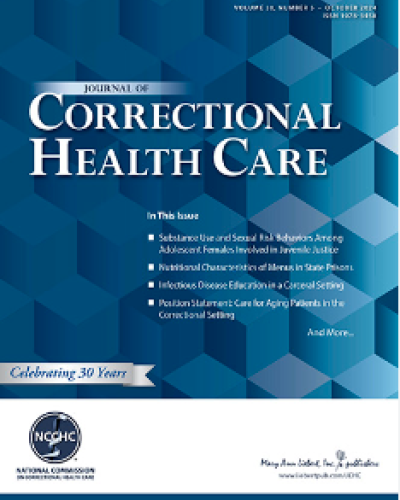
Compassionate Release: A Call to Social Workers
Published:
| Author: Mary-Louise Parkkila, Stephanie Prost, Stephen Tripodi
An increase in the number of older people incarcerated in prisons has given rise to increased costs of correctional health care. Despite the many benefits of compassionate release, it is rarely used. Citing barriers at the micro, mezzo, and macro levels, we contend that social workers are uniquely suited to increase the number of people released through this mechanism owing to a unique knowledge and skill set.
Category: Social Work, Incarceration, Research

The Relationship between Lifetime Opioid Use and Mental and Physical Health among Incarcerated Individuals
Published:
| Author: Tanya Renn, John Moore, Christopher Veeh, Carrie Pettus
Relationships between opioid use and health, both physical and mental, have been discovered over the last decade or so, but these relationships have yet to be explored among incarcerated individuals. These relationships are important as they may have implications on the health of those who are incarcerated and nearing reentry, because higher rates of opioid use, as well as poor physical and mental health, are found among those who are justice-involved compared with the general population.
Category: Substance Use, Mental Health, Incarceration
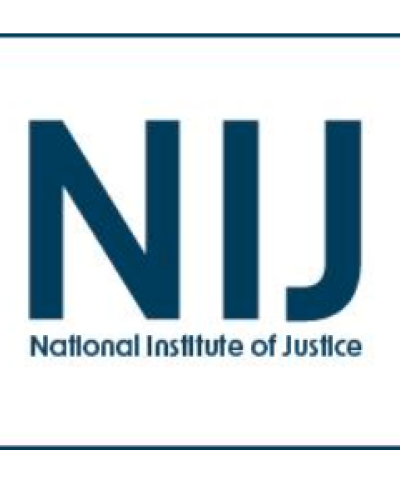
Looking Beyond Recidivism: New Research on Well-Being in Prisons and Jails From the National Institute of Justice
Published:
| Author: Stephen Tripodi
At the National Institute of Justice’s (NIJ) 2023 National Research Conference, Sanchez led a discussion on corrections research that looked beyond preventing recidivism to explore evidence-based ways of improving individual experiences and institutional culture within prisons and jails. The conversation was a direct outgrowth of Sanchez’s belief that services focused on improving people’s lives after prison cannot come at the expense of efforts to expand their opportunities while inside.
Category: Criminal Justice System, Criminal Justice Reform, Well-Being

Behavioral Health Interventions for Incarcerated Adults With Histories of Trauma: A Scoping Review
Published:
| Author: Melissa D. Grady, Stephen Tripodi, Lauren Herod, Michael Rudzinski
The majority of incarcerated individuals have experienced traumatic events in their lifetime, contributing to related behavioral health issues, including post-traumatic stress, mood, anxiety, and substance use disorders. The purpose of this article is to understand the existing state of the literature through a scoping review on correctional-based programs that address both trauma and behavioral health.
Category: Trauma, Mental Health, Substance Use
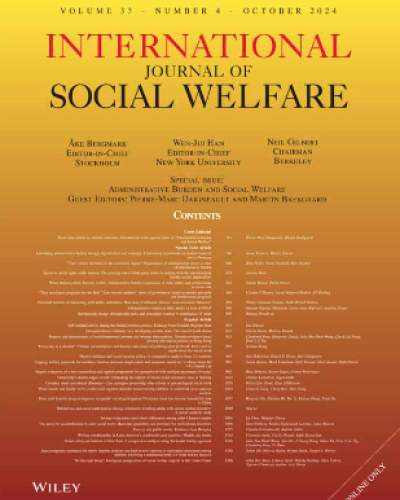
Behavioral health literacy: A new construct to improve outcomes among incarcerated individuals
Published:
| Author: Carrie Pettus, Stephanie Kennedy, Tanya Renn, Stephen Tripodi, Lauren Herod, Danielle Rudes, Faye Taxman
In the United States, nearly 13 million adults are incarcerated in prisons and jails annually with significant negative public health consequences. Incarcerated individuals have disproportionate rates of behavioral health disorders (BHDs); untreated BHD symptoms bring people into incarceration settings and are associated with re-arrest after release.
Category: Incarceration, Mental Health, Reentry, Substance Use
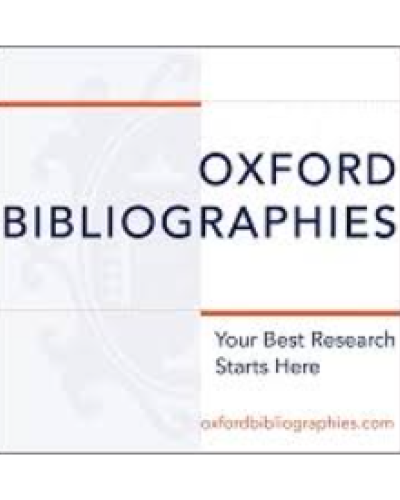
Promoting Smart Decarceration as a Grand Challenge
Published:
| Author: Carrie Pettus, Stephen Tripodi, Oluwayomi Paseda
A resurgence of scholarship on transforming the criminal justice system and reducing the overreliance on incarceration occurred during the first decade of the 21st century. This scholarship situated the expansive reach of the criminal justice system and the need for reform within the realities of structural racism and pervasive substantial health and social disparities. Redburn, et al. 2014 focuses on the effects of mass incarceration on individuals and society as a whole, while Epperson, et al.
Category: Smart Decarceration

Traumatic Brain Injury and Health-Related Quality of Life: A Cross-Sectional Study of Incarcerated Adults
Published:
| Author: Christopher Veeh, Tanya Renn, John Moore
Informed by the health-based model of desistance, the current study undertook a preliminary investigation into whether TBI impacted levels of HRQoL in incarcerated adults who are preparing to be released from prison. The following research question guided the study: Do incarcerated adults with a lifetime history of TBI report lower HRQoL compared with incarcerated individuals without a TBI history? We hypothesized that TBI would have a negative association with an individual’s HRQoL.
Category: Incarceration, Mental Health
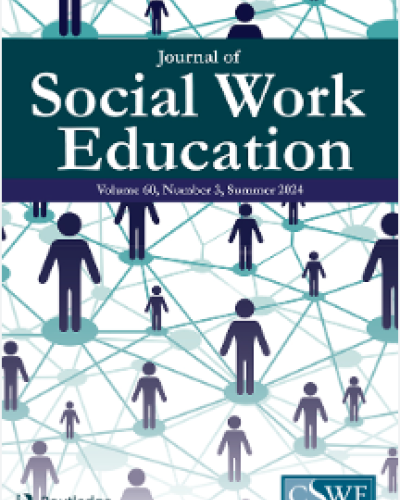
To What Extent Is Criminal Justice Content Specifically Addressed in MSW Programs? A 10 Year Review and Update
Published:
| Author: Phillipe Copeland, Christopher Collins, Shelby Pederson, Stephen Tripodi, Matthew Epperson
This study examined the prevalence and types of criminal justice content being offered in Council on Social Work Education programs. Data were collected through questions sent via e-mail to program administrators and content analysis of school websites for three hundred and eight MSW programs. Criminal justice content was measured in three main areas: (a) dual- or joint-degree options, (b) concentrations or specializations, and (c) courses. The results show that most MSW programs do not cover criminal justice content.
Category: Criminal Justice System, Social Work
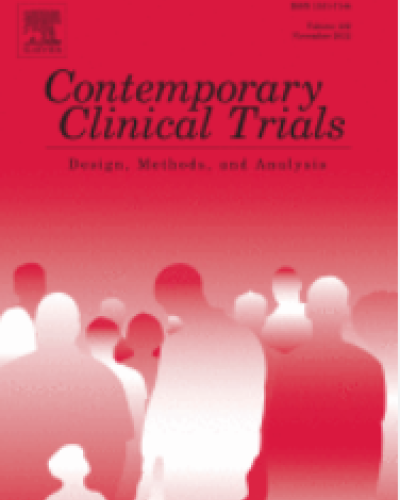
Study protocol paper for the multisite randomized controlled trial of comprehensive trauma informed reentry services for moderate to high-risk young males releasing from state prisons
Published:
| Author: Carrie Pettus, Tanya Renn, Stephen Tripodi, Sarah Tamburri
This study will provide critical information about how trauma-informed reentry programming impacts traditional reentry outcomes (e.g., recidivism, housing, employment) and identify key mechanisms of action (e.g., reduced impulsivity and aggression). Coping with trauma symptomatology is a largely untapped area of scientific inquiry for criminal justice-involved populations, despite the significant role trauma plays in individuals’ lives. Results advance identification of critical components of trauma-informed reentry interventions for moderate- to high-risk young men.
Category: Trauma, Reentry, Well-Being, Community
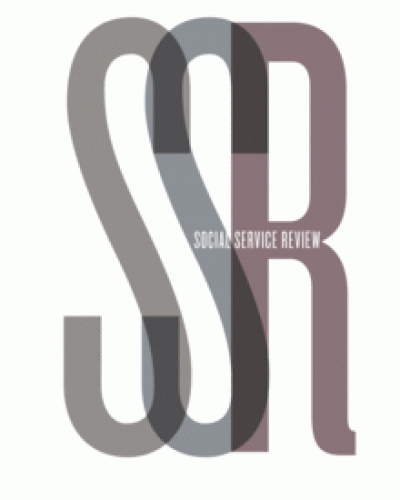
The Well-Being Development Model: A Theoretical Model to Improve Outcomes among Criminal Justice System–Involved Individuals
Published:
| Author: Carrie Pettus, Christopher Veeh, Tanya Renn, Stephanie Kennedy
This article proposes a new conceptual framework, the Well-Being Development Model (WBDM), to support the development, implementation, and assessment of innovative reentry interventions designed to increase well-being among the millions of individuals released from prisons and jails each year. In contrast to prominent models guiding reentry services, the WBDM increases incarcerated and formerly incarcerated individuals’ capacity to reach their full potential while addressing common problems and barriers to success.
Category: Well-Being, Reentry

The metropolitan context of substance use and substance use disorders among US adults on probation or parole supervision
Published:
| Author: John Moore, Tanya Renn, Christopher Veeh
Rates of substance use and substance use disorders are higher among adults on probation or parole supervision compared to the general population. Substance use is a risk factor for not adhering to supervision requirements, which may result in revocation and incarceration. Examining associations of metropolitan area status with substance use and substance use disorders may identify specific substance use behaviors that can be targeted in community corrections prevention and treatment services.
Category: Substance Use, Community, Criminal Justice System

The metropolitan context of substance use and substance use disorders among US adults on probation or parole supervision
Published:
| Author: John Moore, Tanya Renn, Christopher Veeh
Study findings highlight the differences of substance use and substance use disorders between levels of metropolitan areas for those on probation or parole. Findings suggest that cocaine use should be emphasized in clinical services in large metropolitan areas, whereas methamphetamine use may be prioritized in nonmetropolitan areas.
Category: Substance Use, Probation and Parole

The Role of Preparatory Programming in Increasing the Effectiveness of a Sex Offender Treatment Intervention
Published:
| Author: Tanya Renn, Christopher Veeh, Melissa D. Grady, David Edwards, Carrie Pettus-Davis, Katherine Kelton
Increasing the effectiveness of programs designed to treat individuals who have sexually offended is a critical step in reducing the rates of sexual violence in our communities. Yet, the research on such programs have yielded inconsistent results with regards to their effectiveness in reducing sexual recidivism among participants. Some researchers have explored whether the dose of treatment impacts recidivism, but there remains limited knowledge around the dose-response relationship for individuals who have sexually offended.
Category: Sex Offenders

The Role of Preparatory Programming in Increasing the Effectiveness of a Sex Offender Treatment Intervention
Published:
| Author: Tanya Renn, Christopher Veeh, Melissa D. Grady, David Edwards, Carrie Pettus, Katherine Kelton
Increasing the effectiveness of programs designed to treat individuals who have sexually offended is a critical step in reducing the rates of sexual violence in our communities. Yet, the research on such programs have yielded inconsistent results with regards to their effectiveness in reducing sexual recidivism among participants. Some researchers have explored whether the dose of treatment impacts recidivism, but there remains limited knowledge around the dose-response relationship for individuals who have sexually offended.
Category: Sex Offenders, In-Prison Intervention
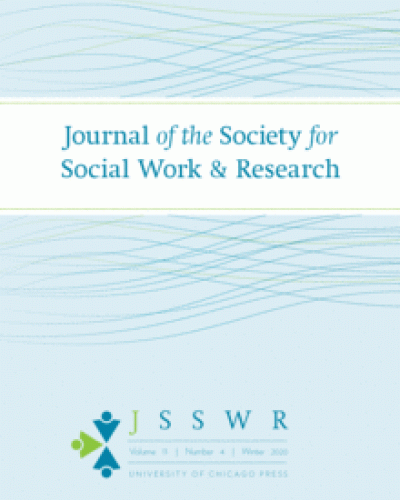
Trauma Informed Care Groups with Incarcerated Women: Comparing Seeking Safety and STAIR
Published:
| Author: Stephen Tripodi, Michael Killian, Matt Gilmore, Elizabeth Curley, Lauren Herod
Almost all incarcerated women have experienced at least one lifetime traumatic event that often leads to limited coping skills and mental health problems. This study evaluated two different trauma-informed care groups for incarcerated women – Seeking Safety and STAIR – and found that participants who participated in either program had significant improvements in anxiety, depression, and coping self-efficacy. Results indicate the importance of screening for trauma and offering correctional-based programming to address trauma before release

